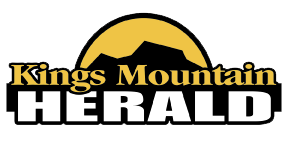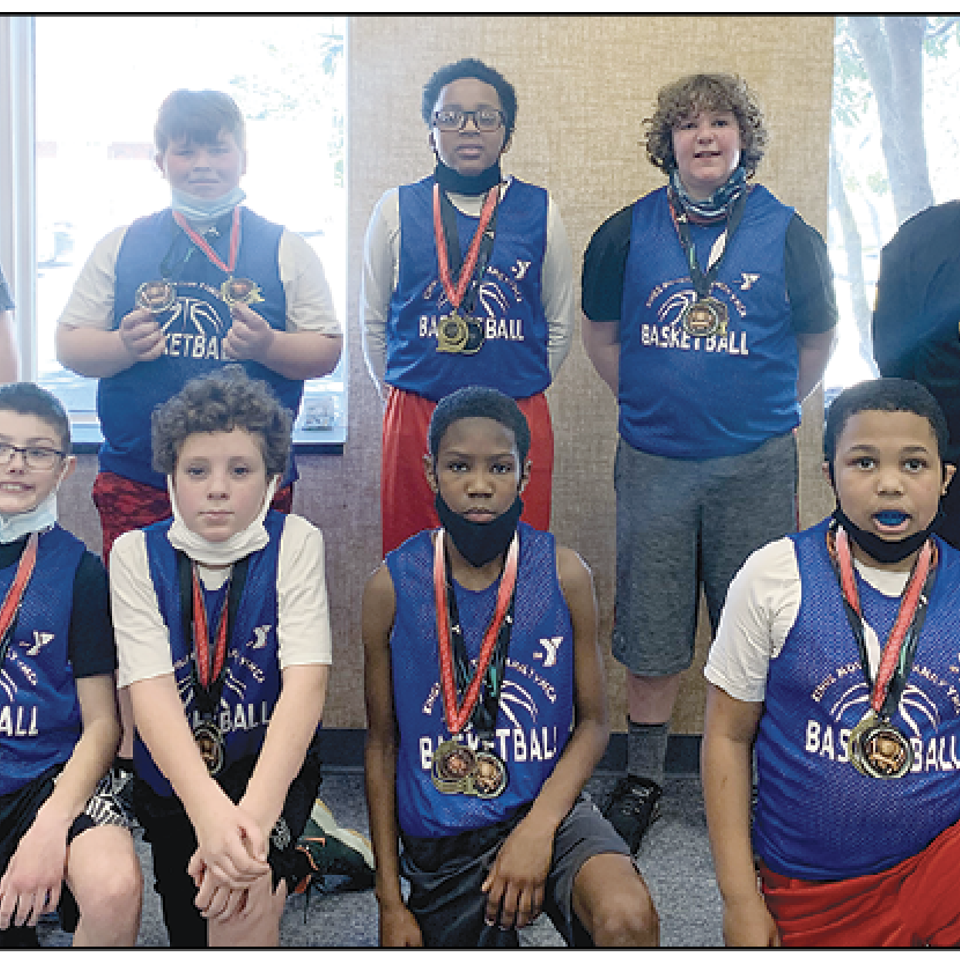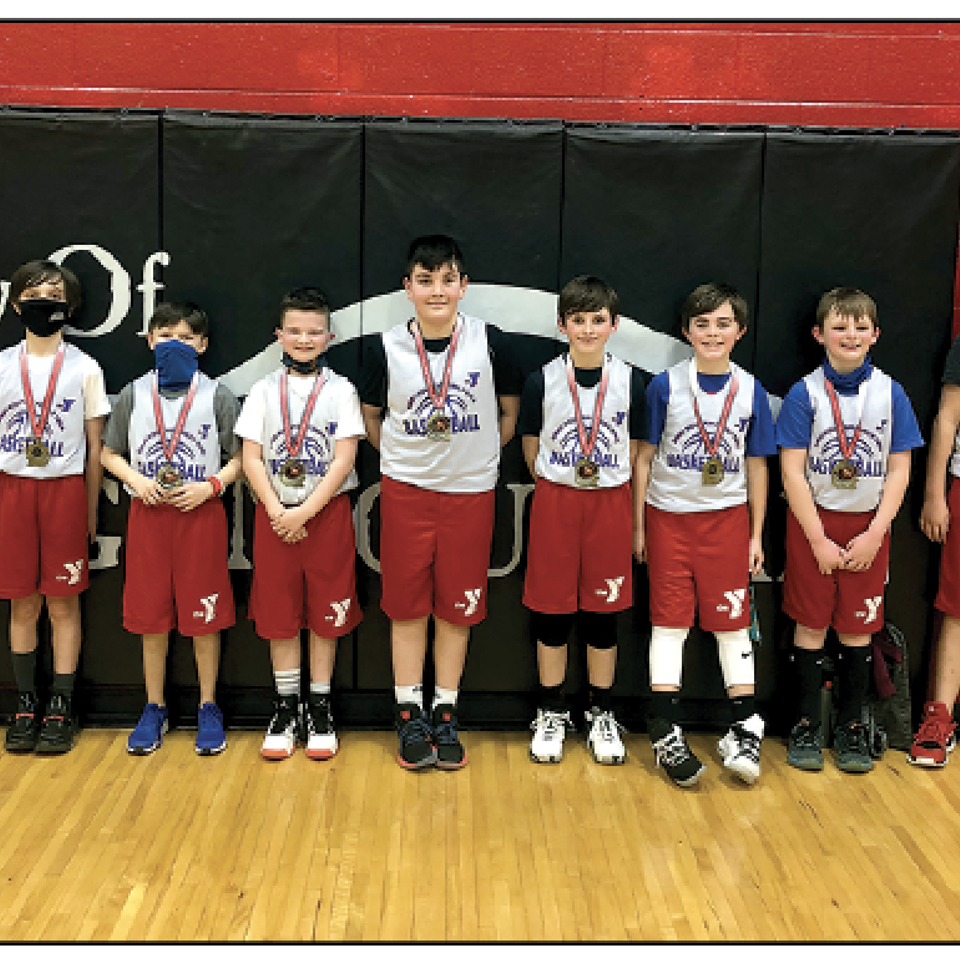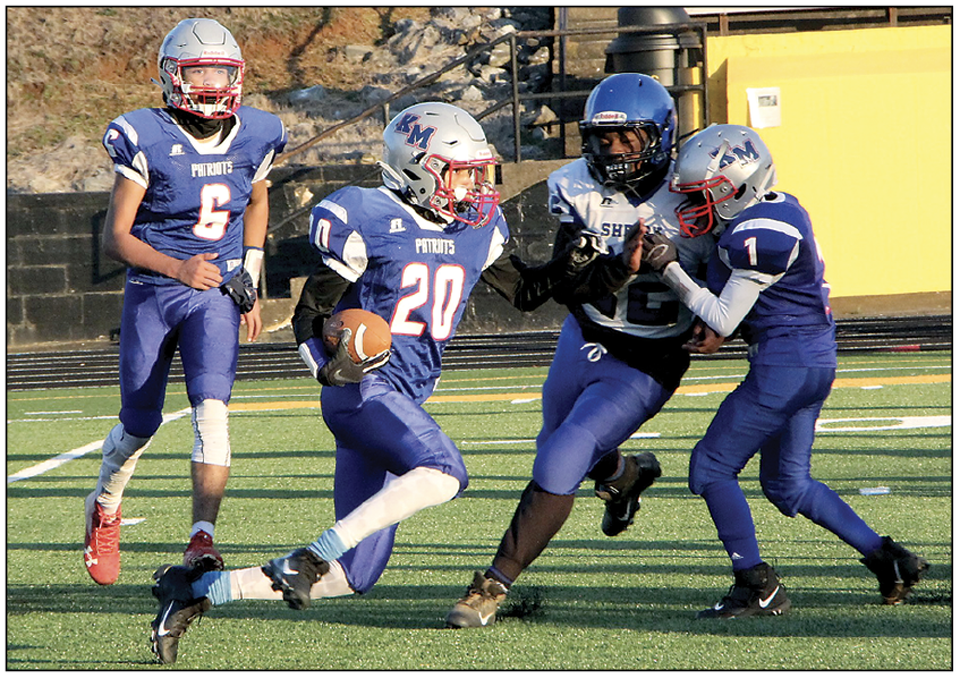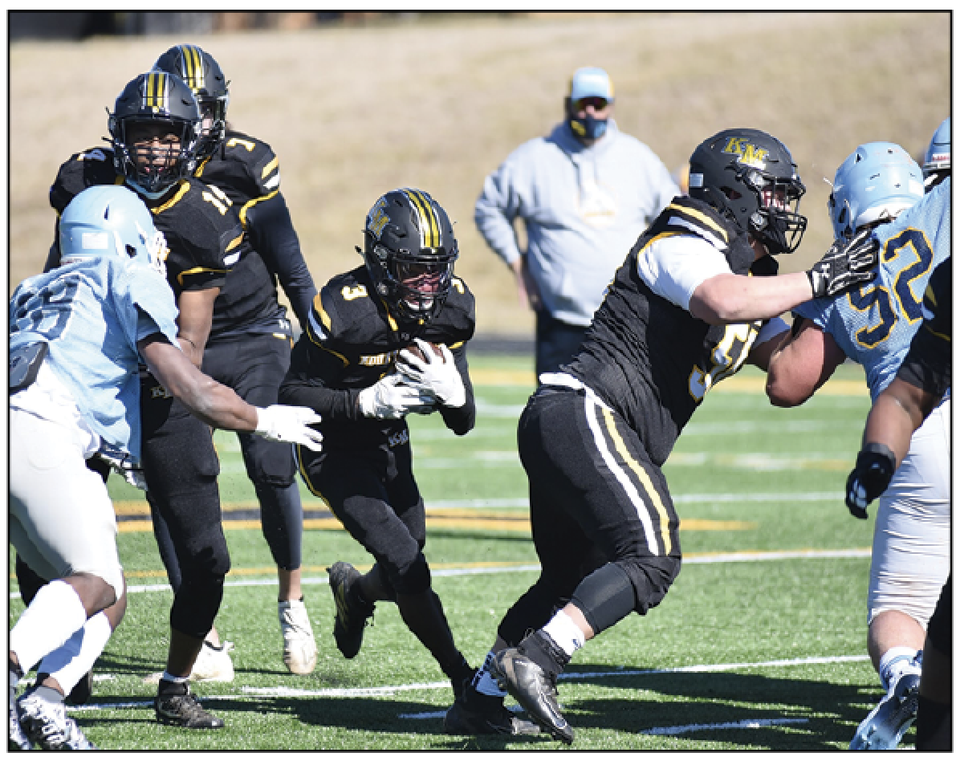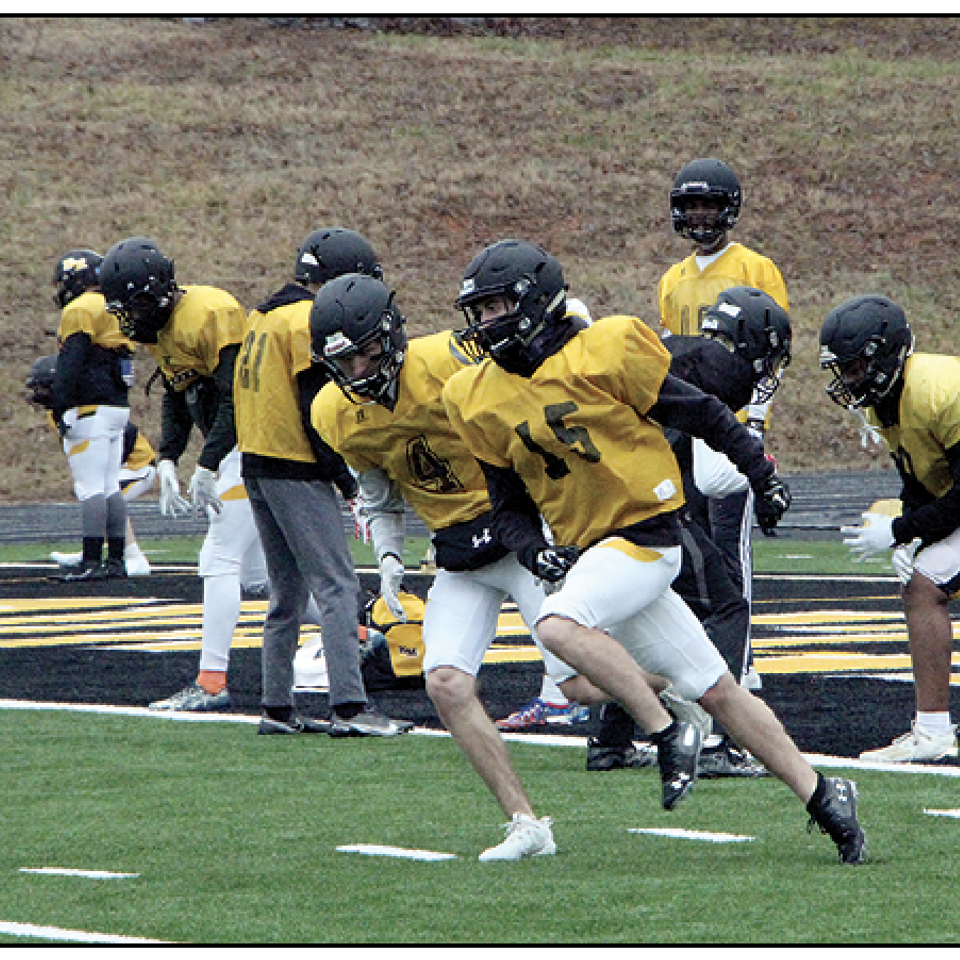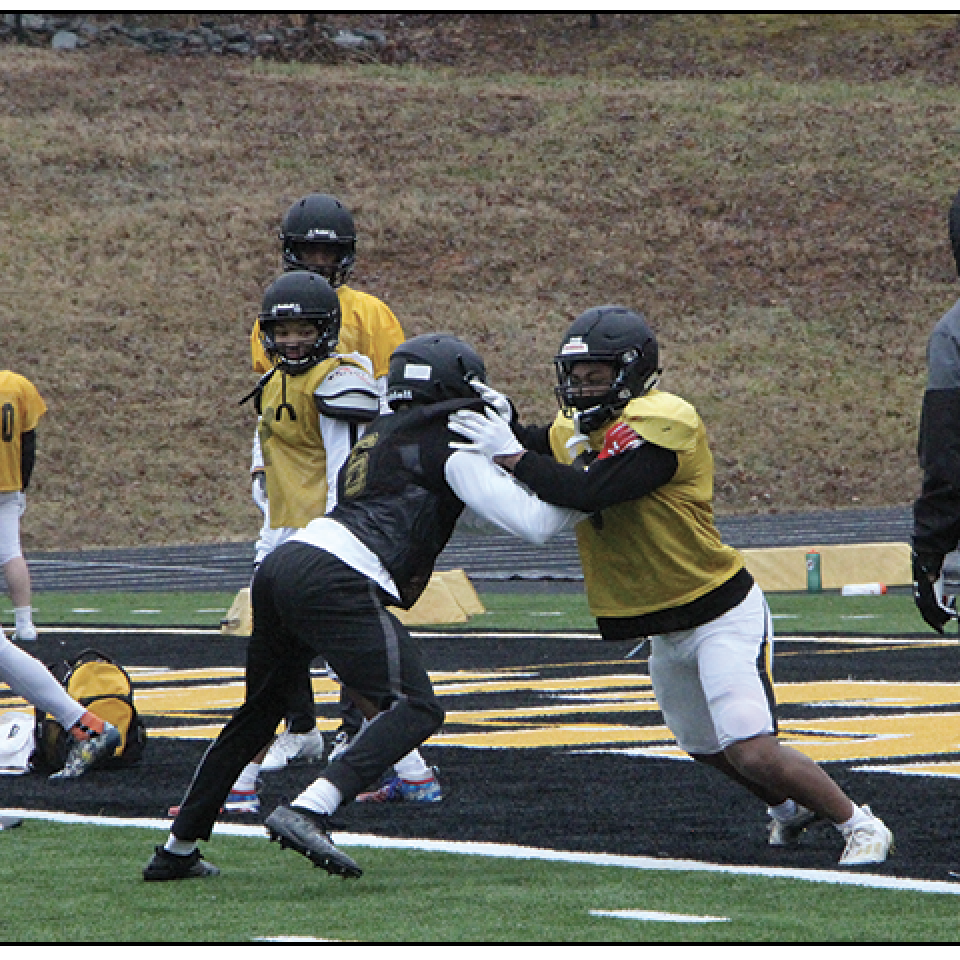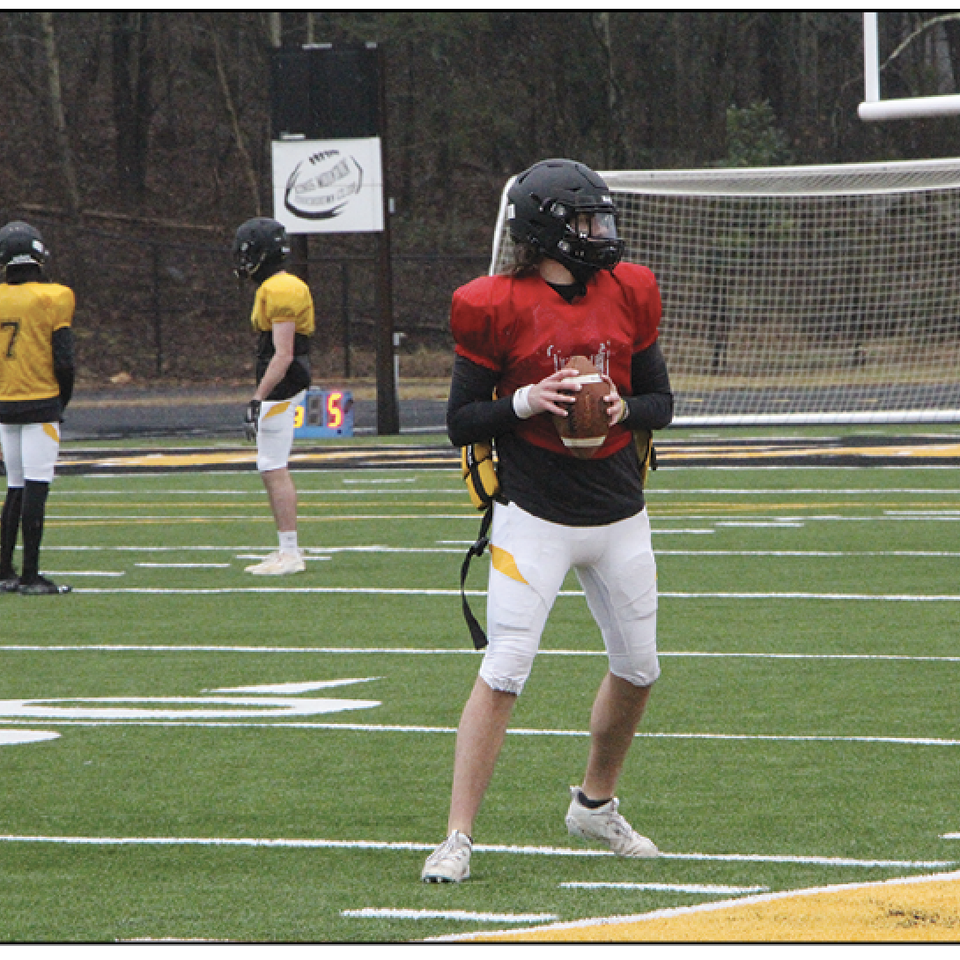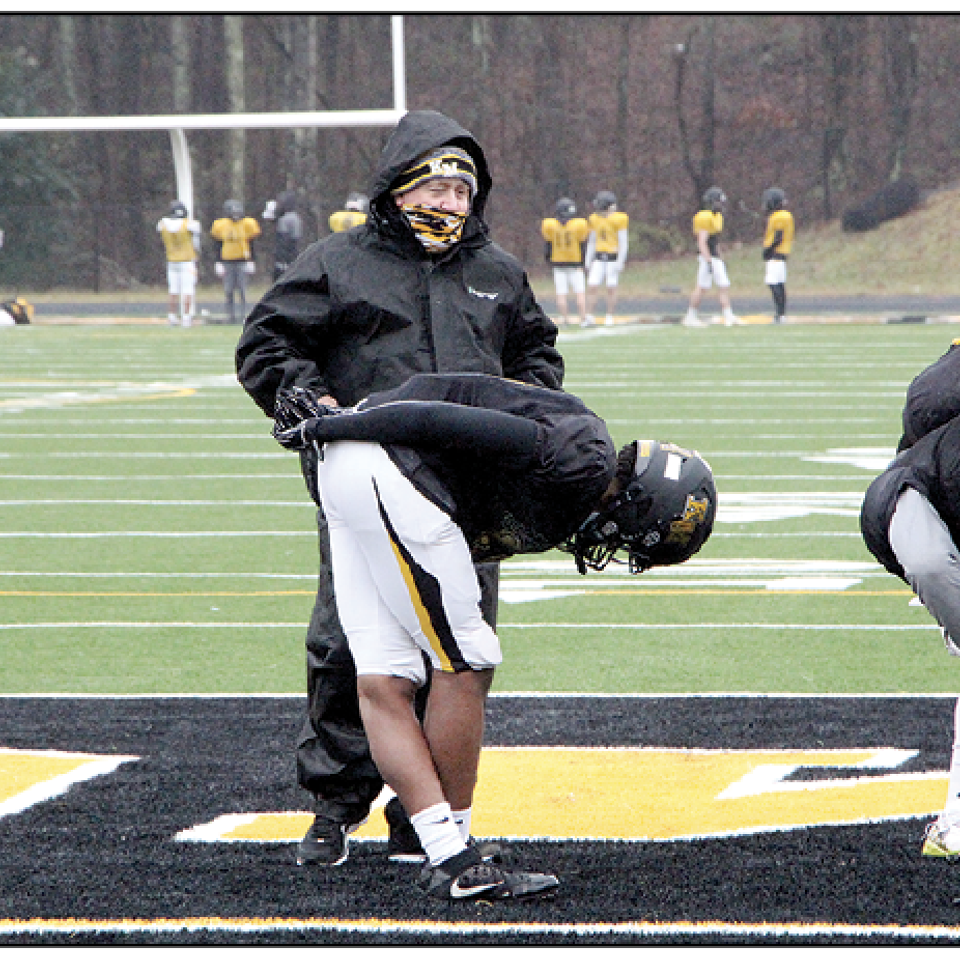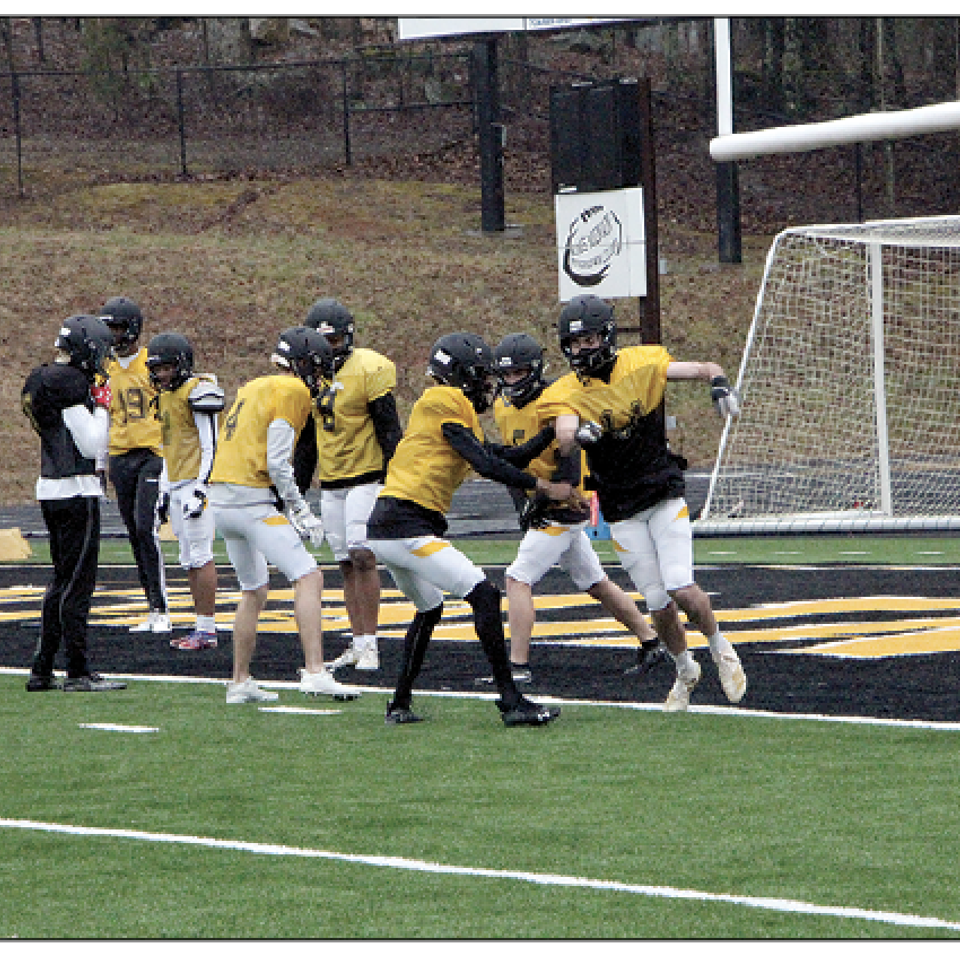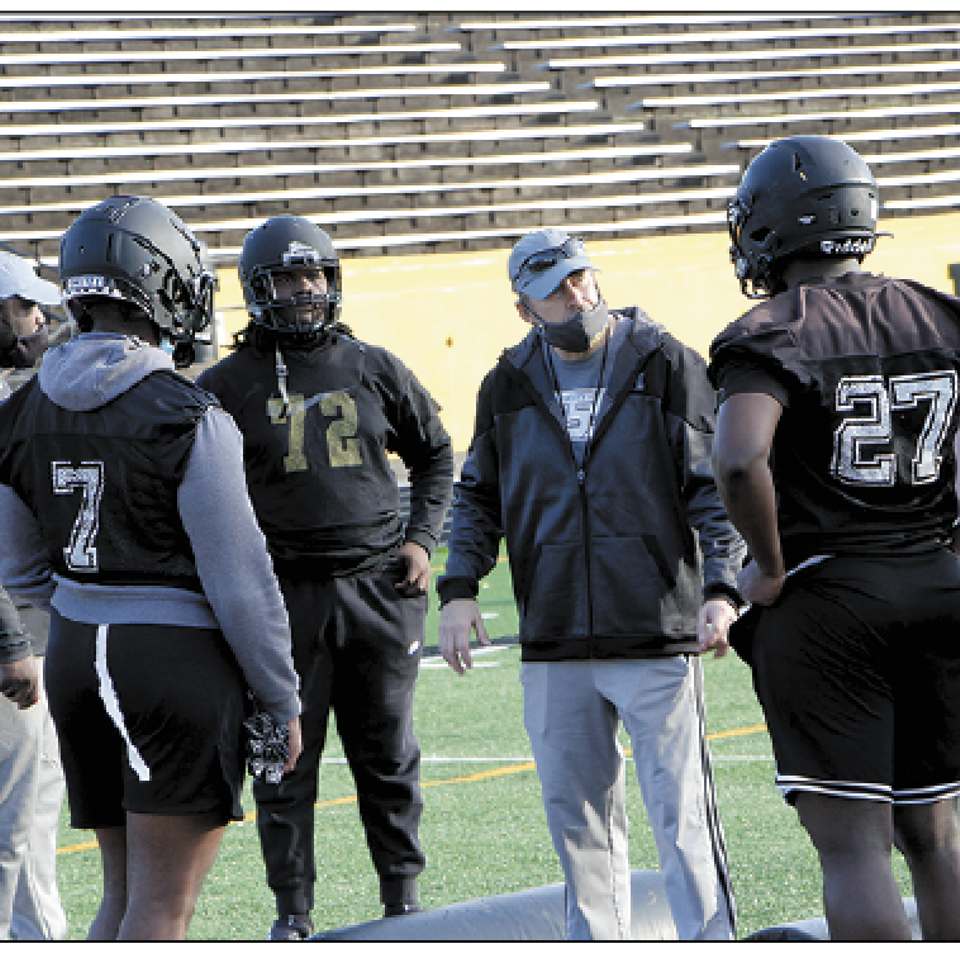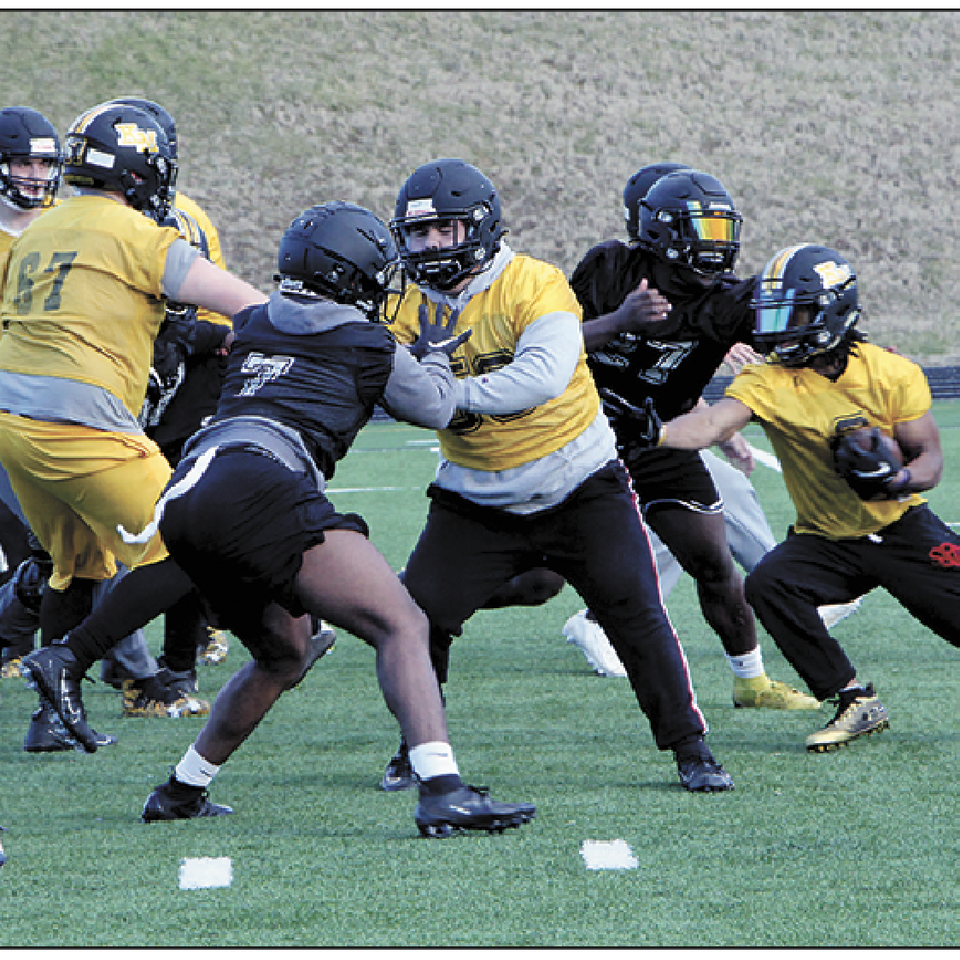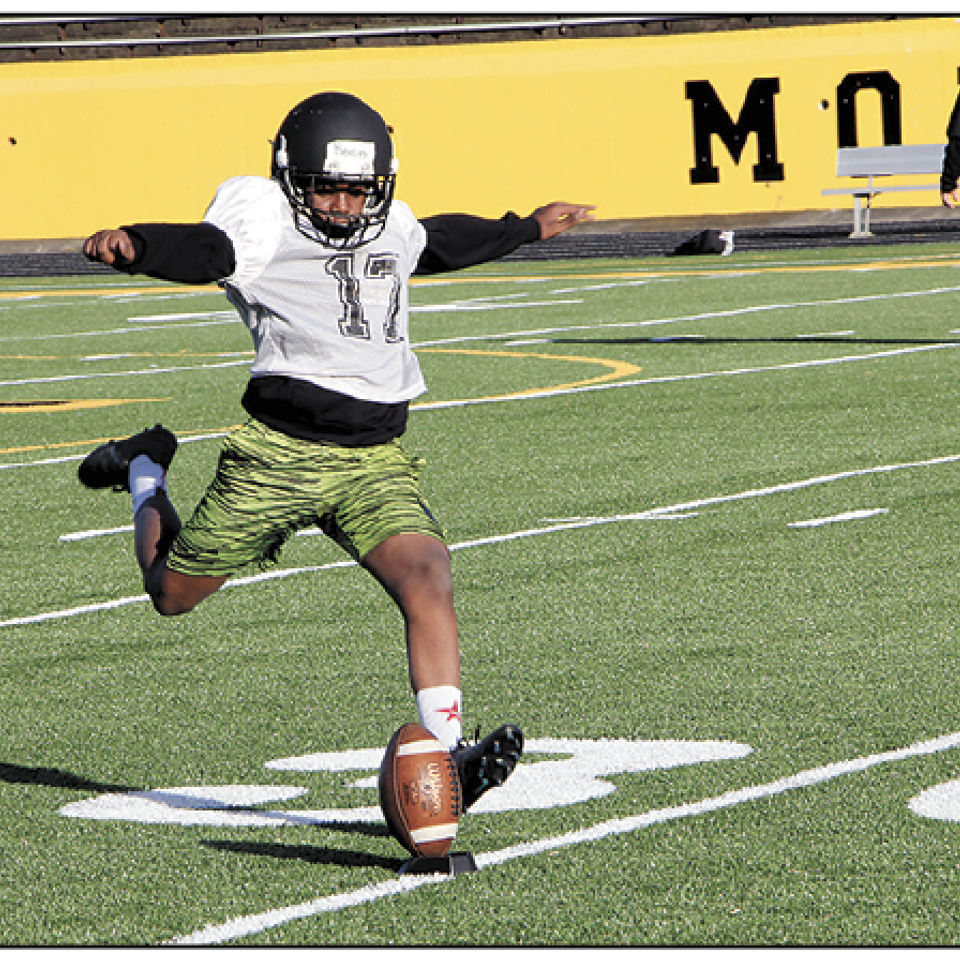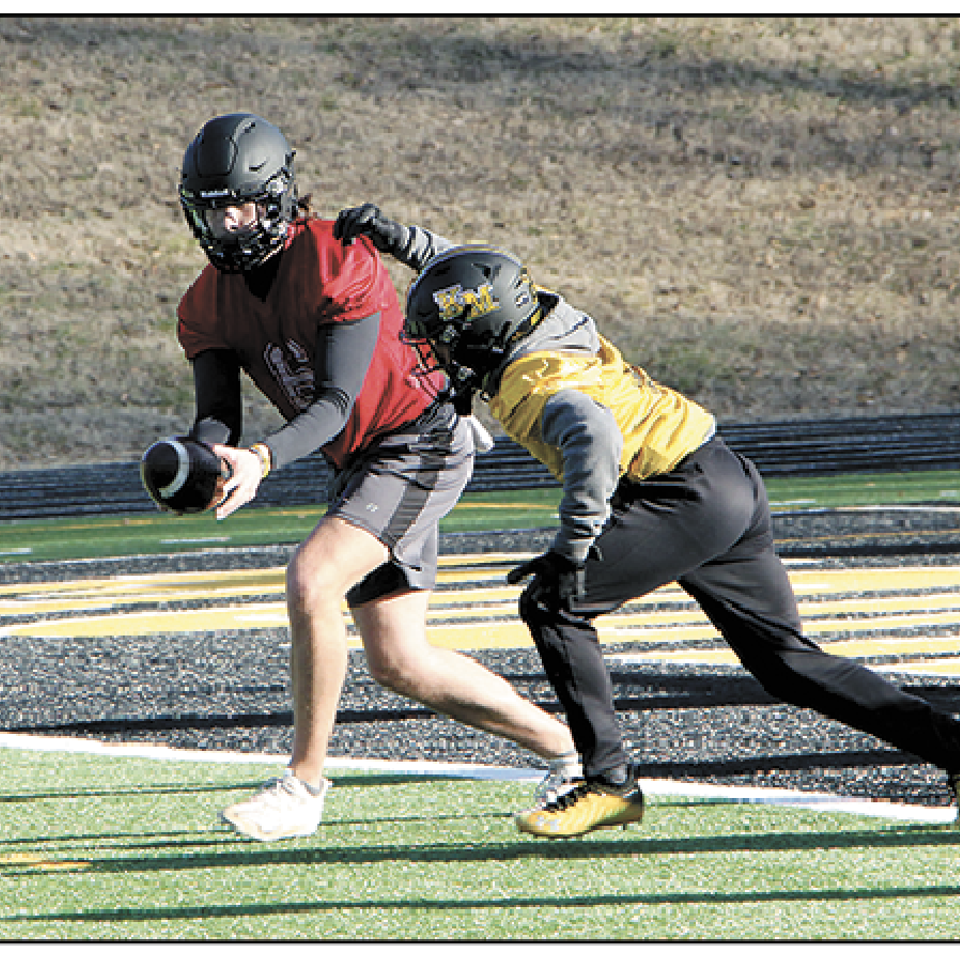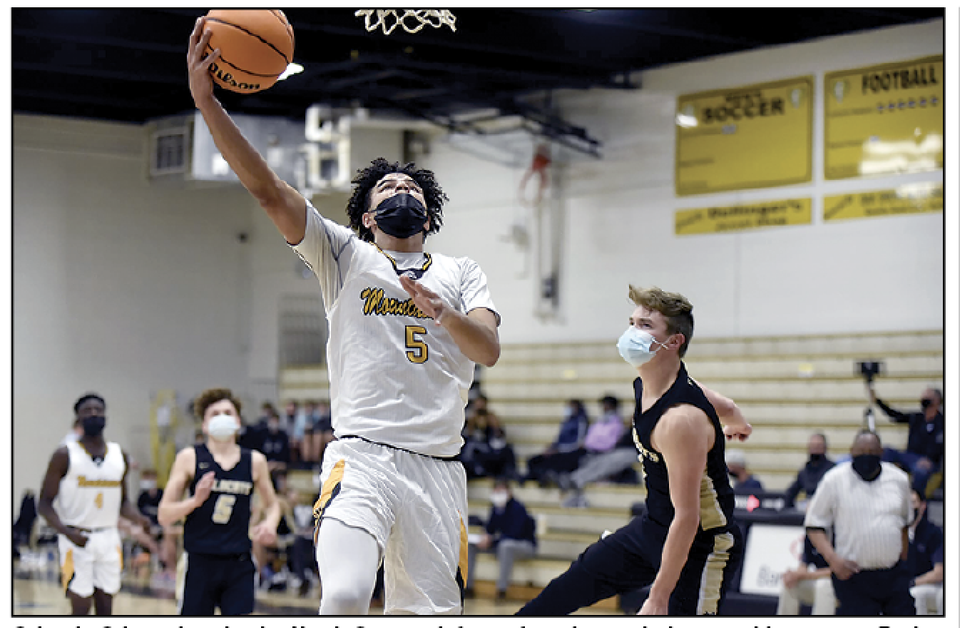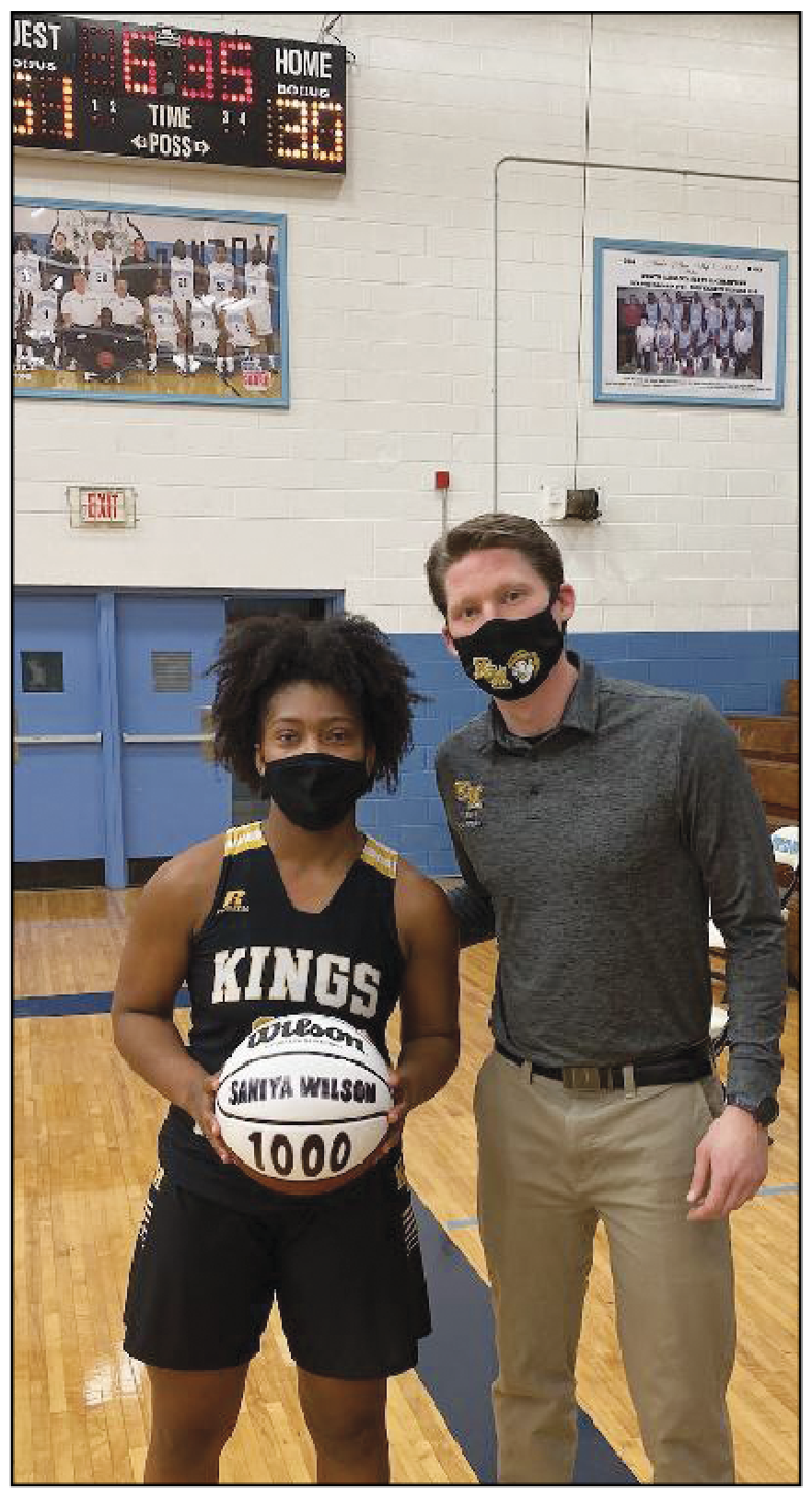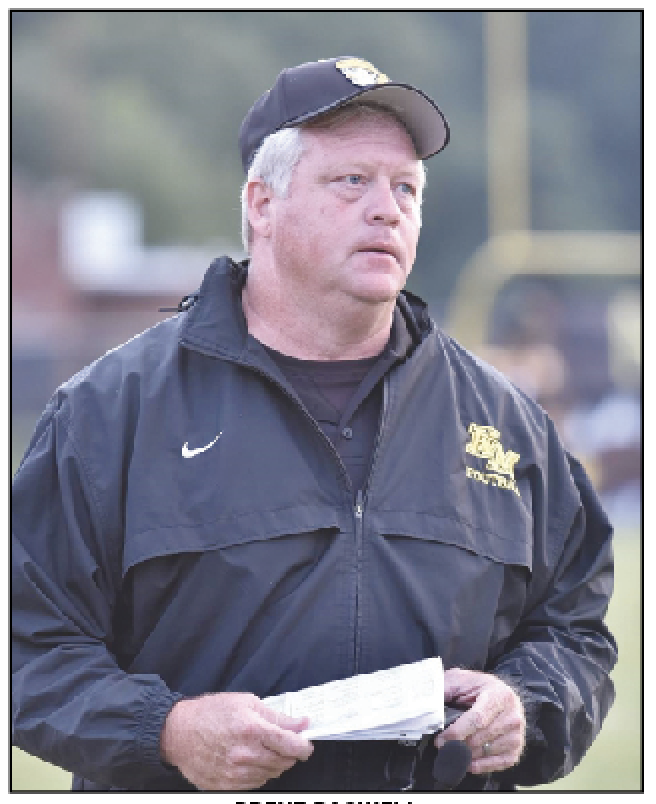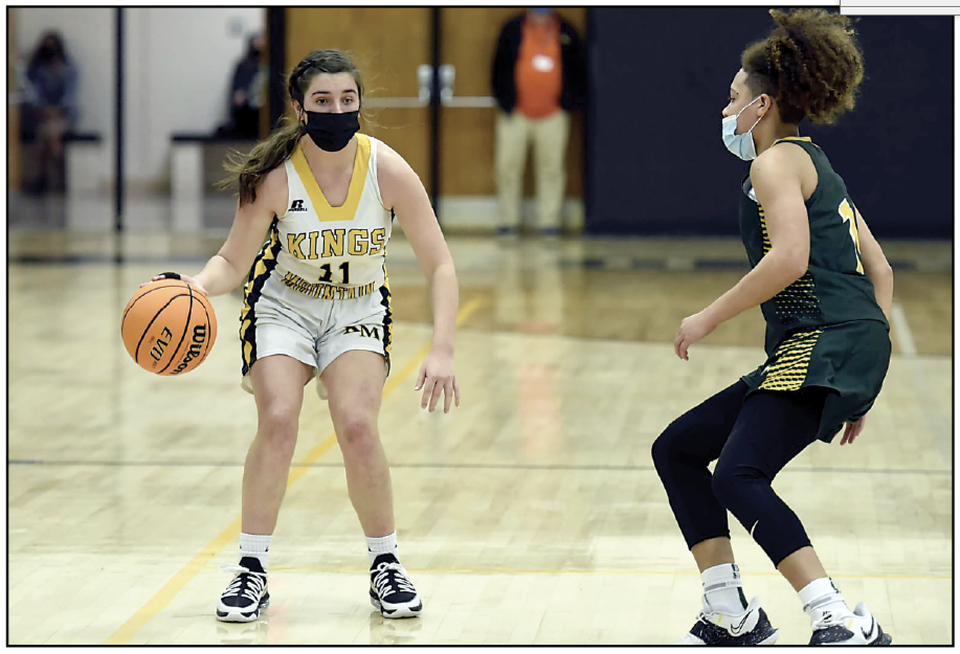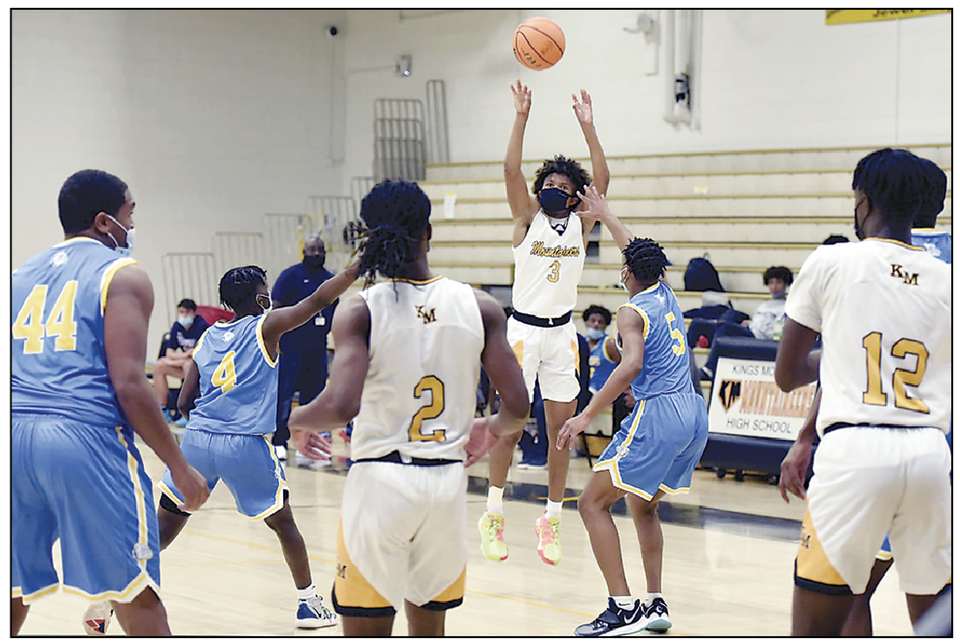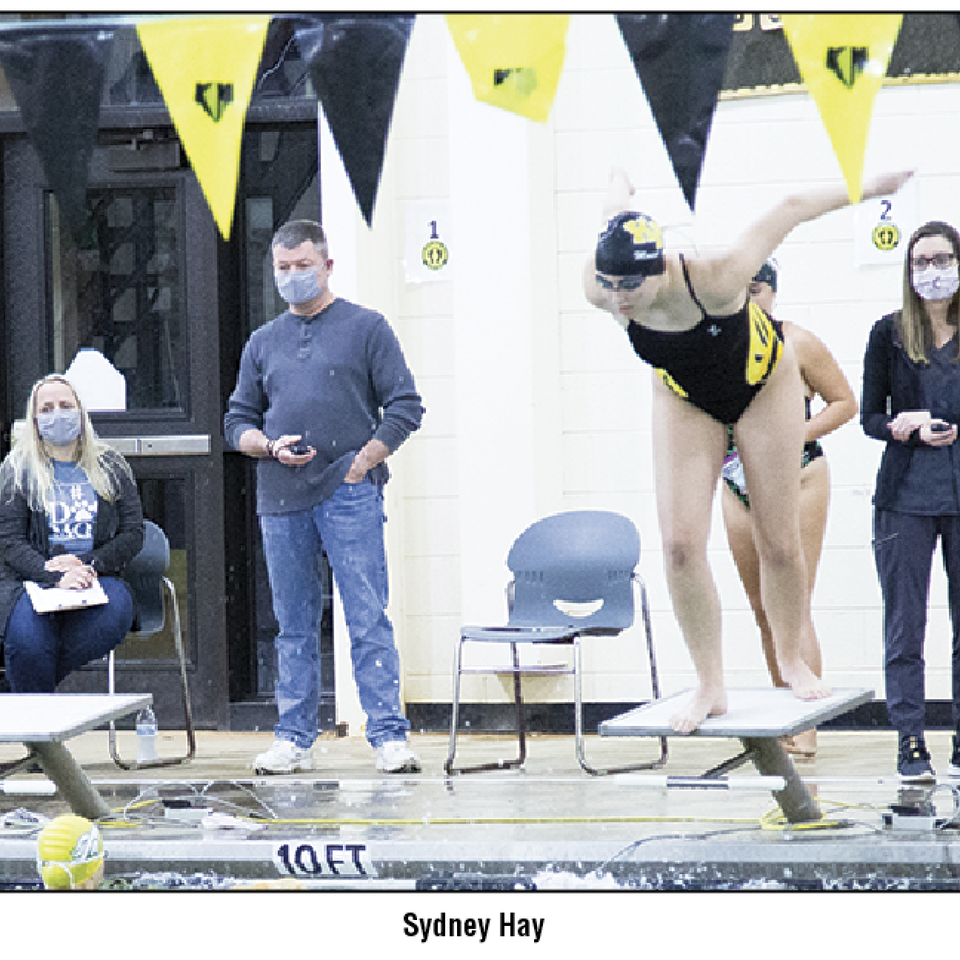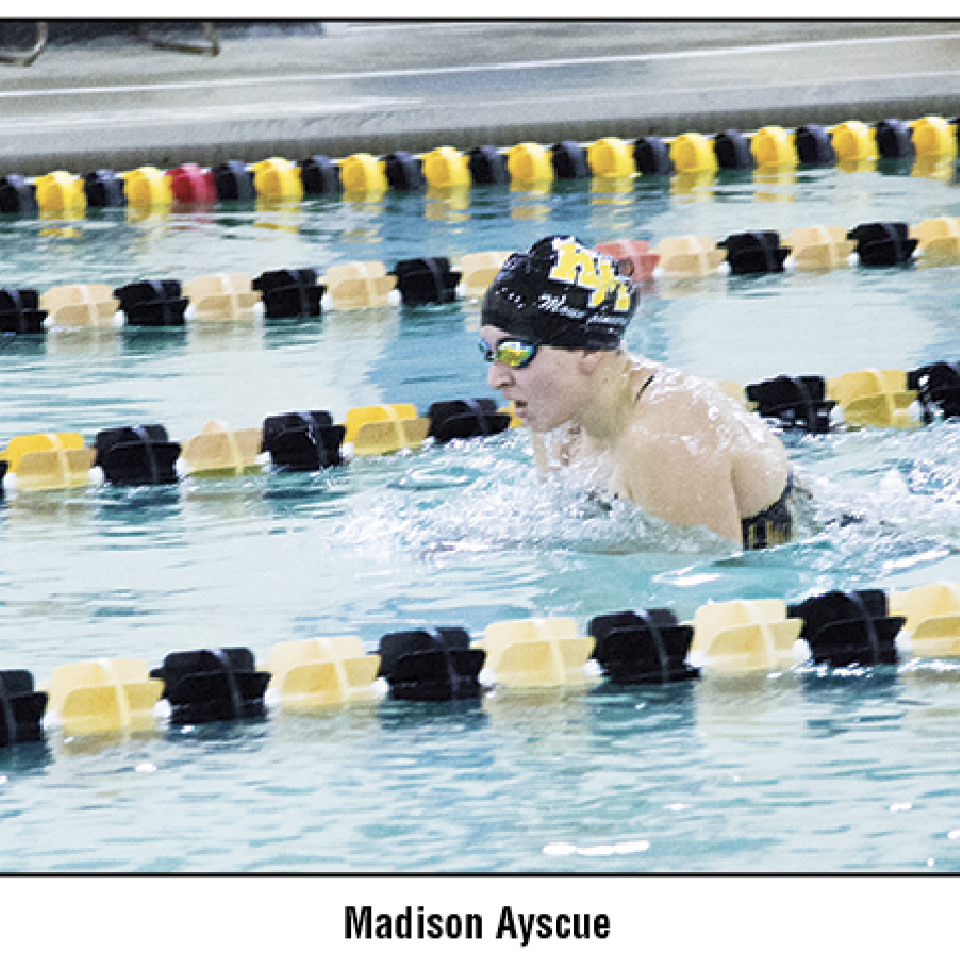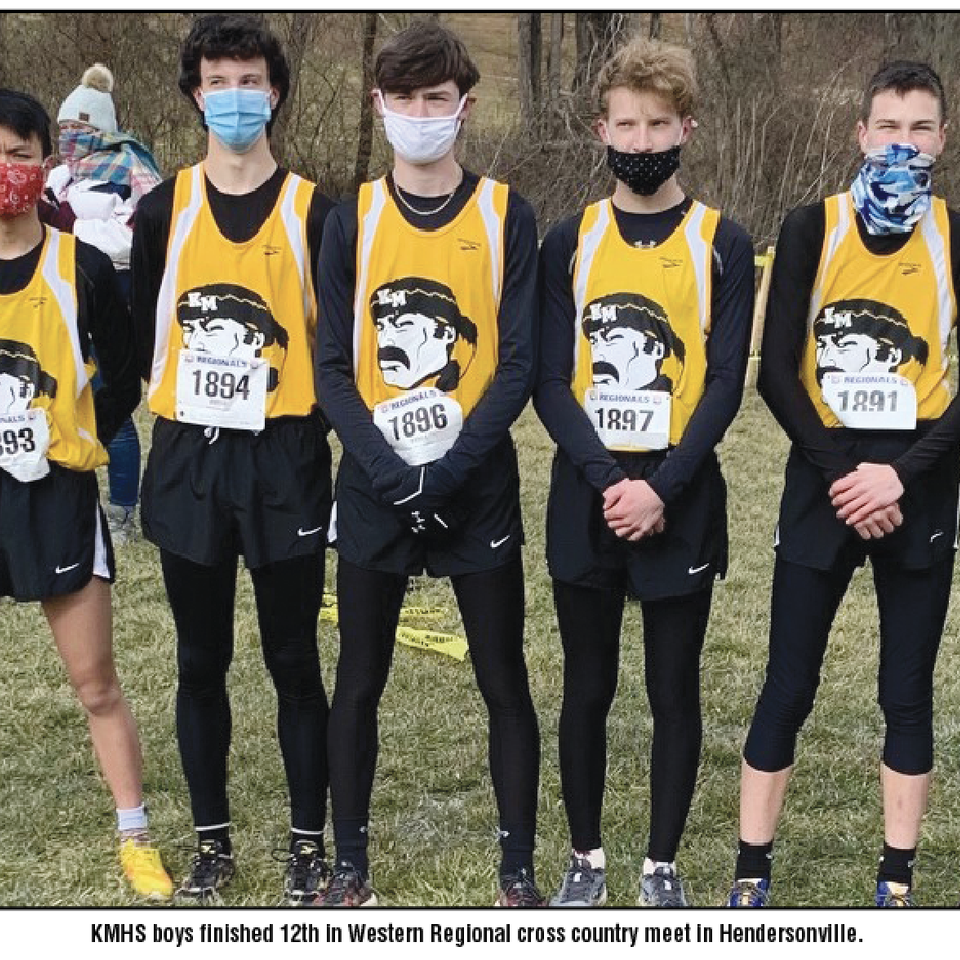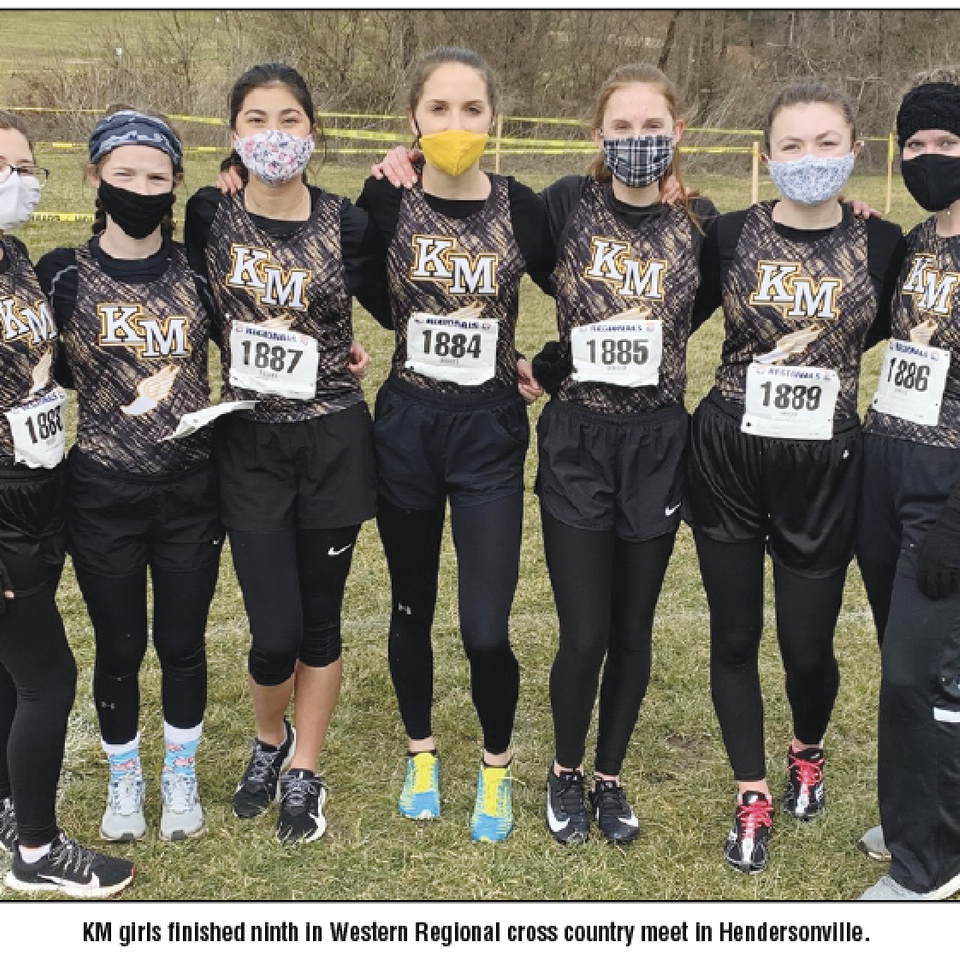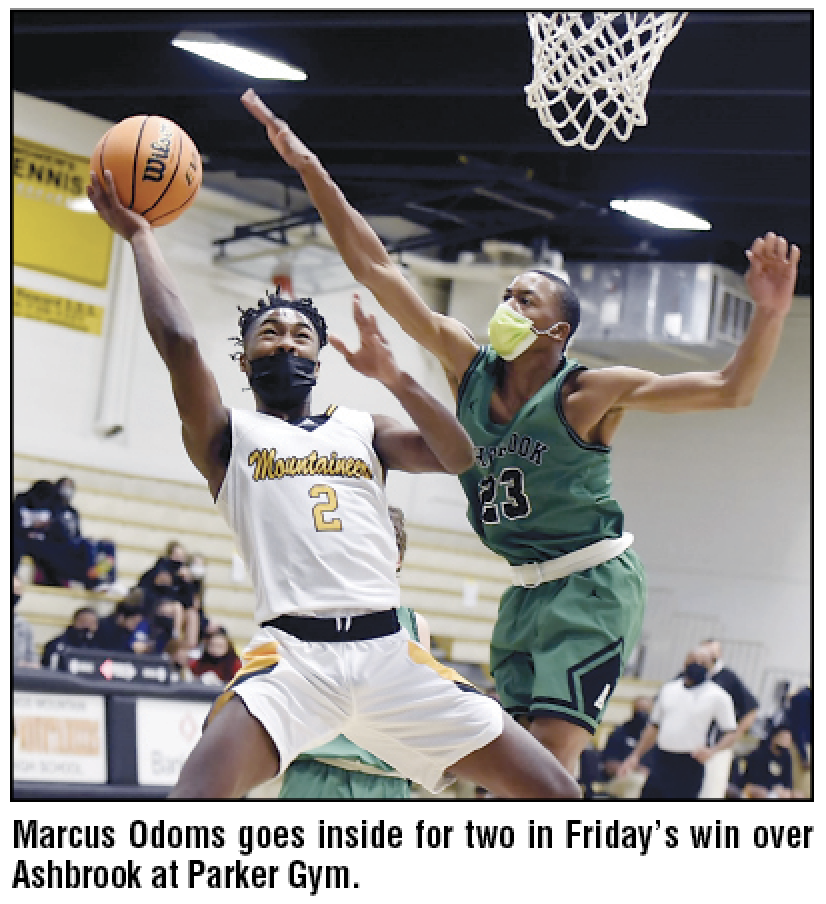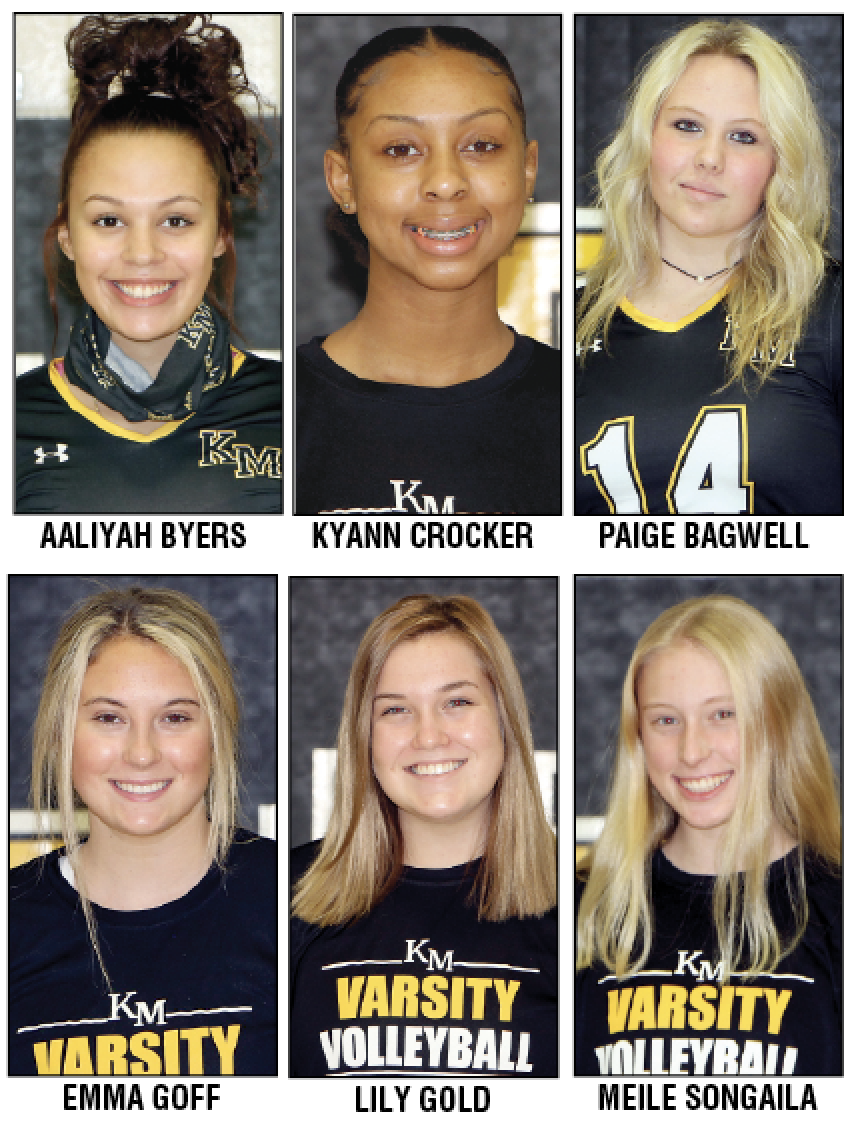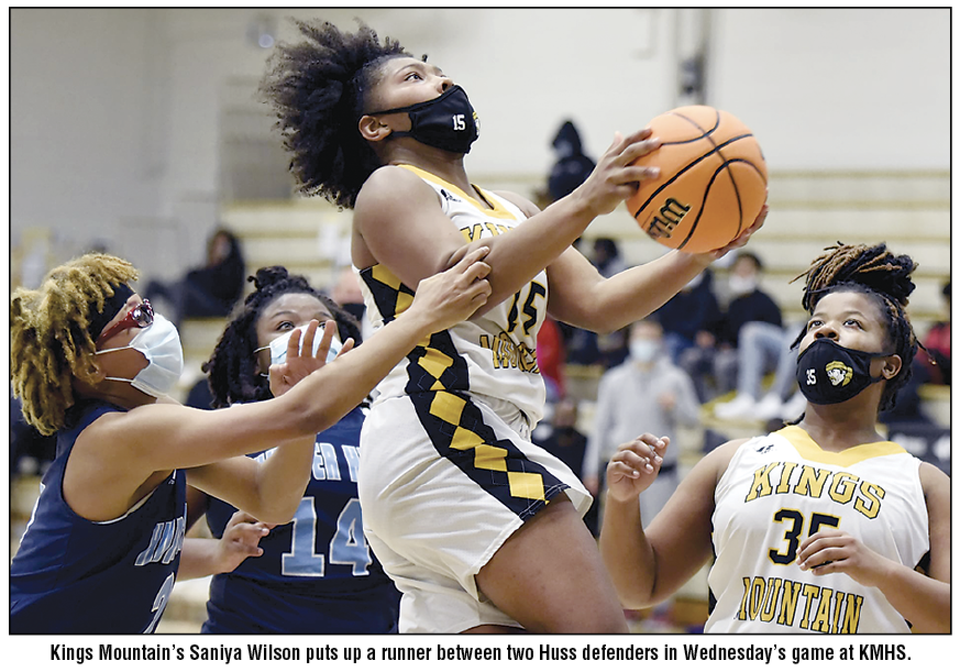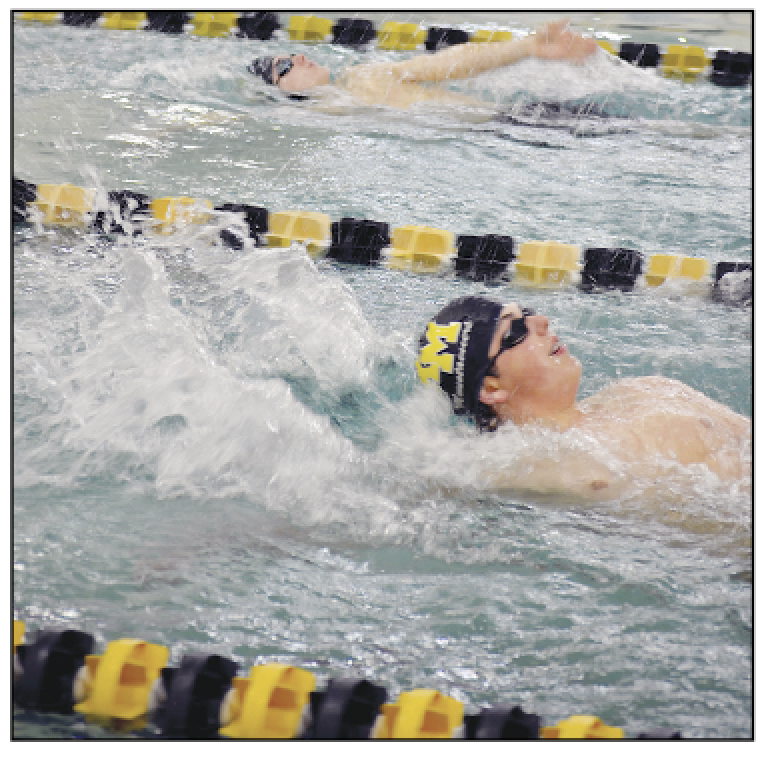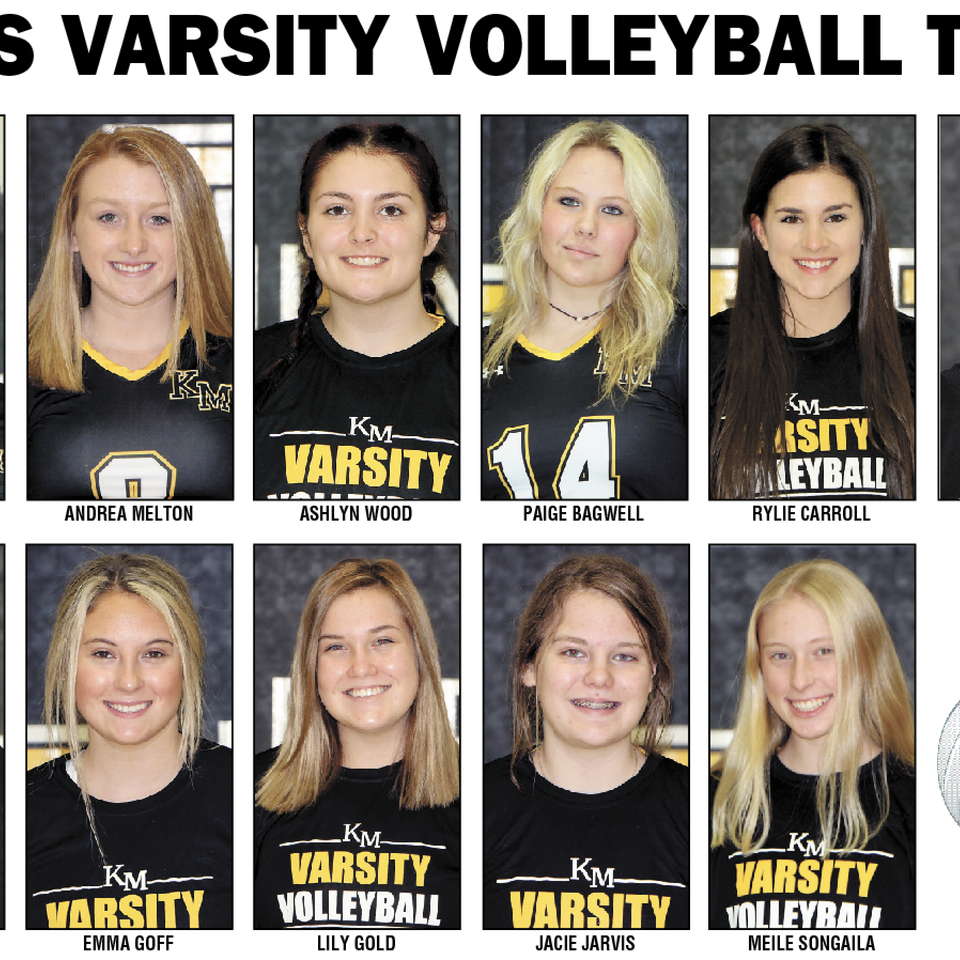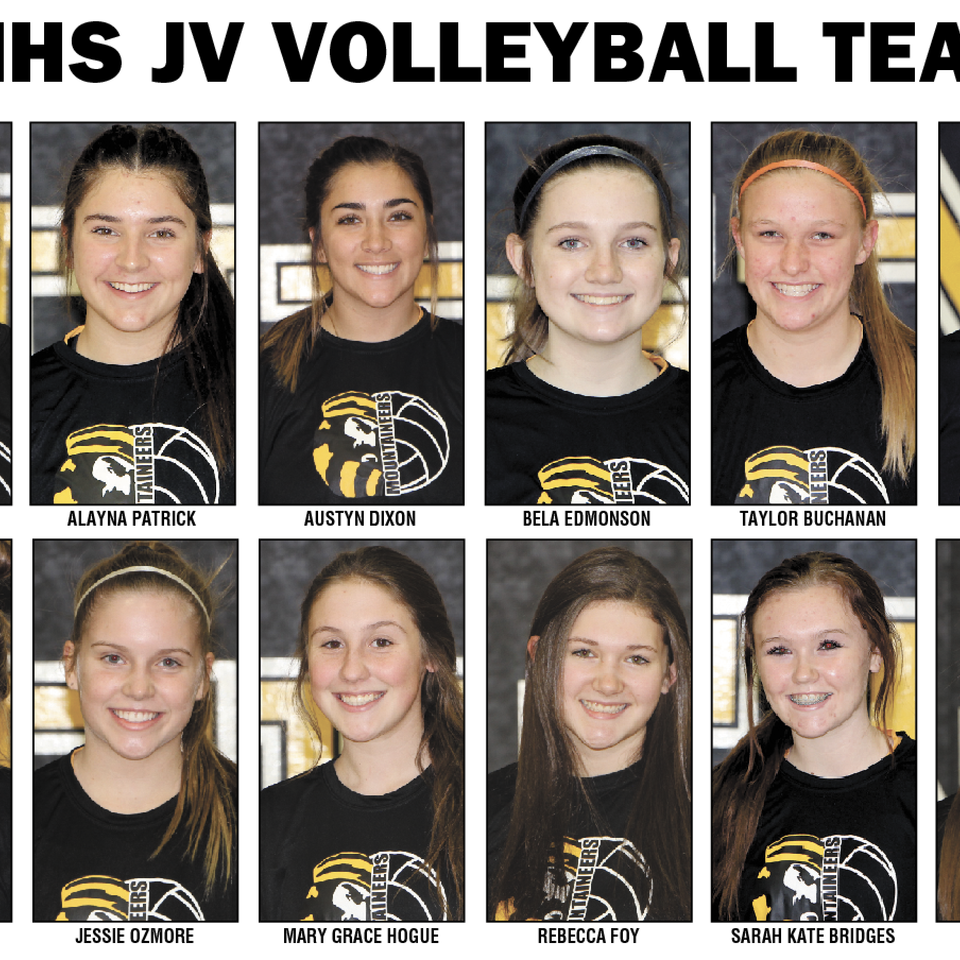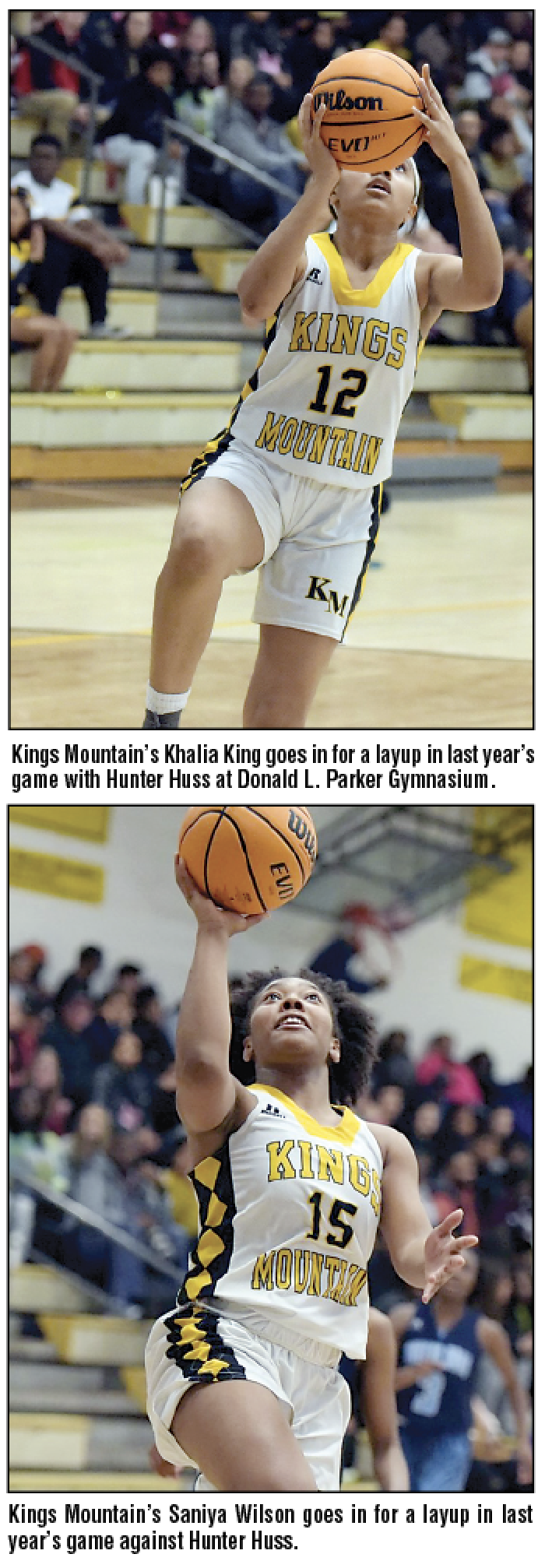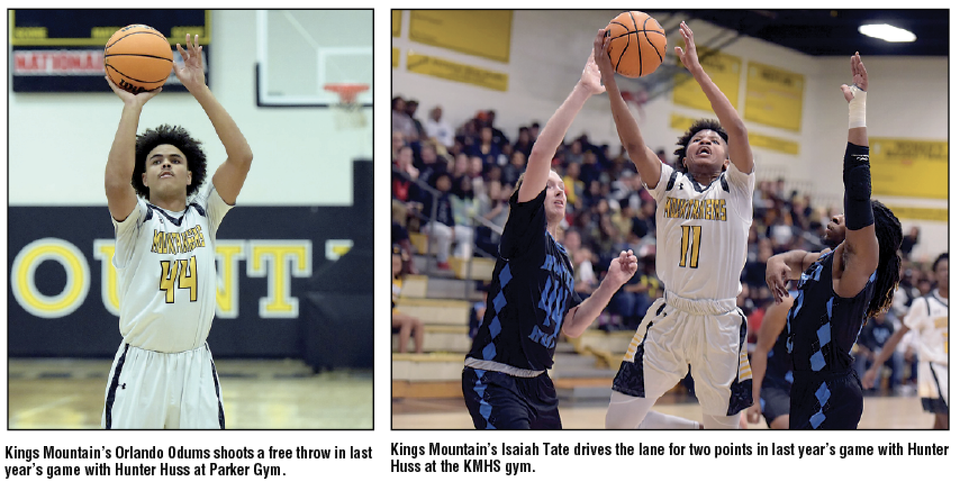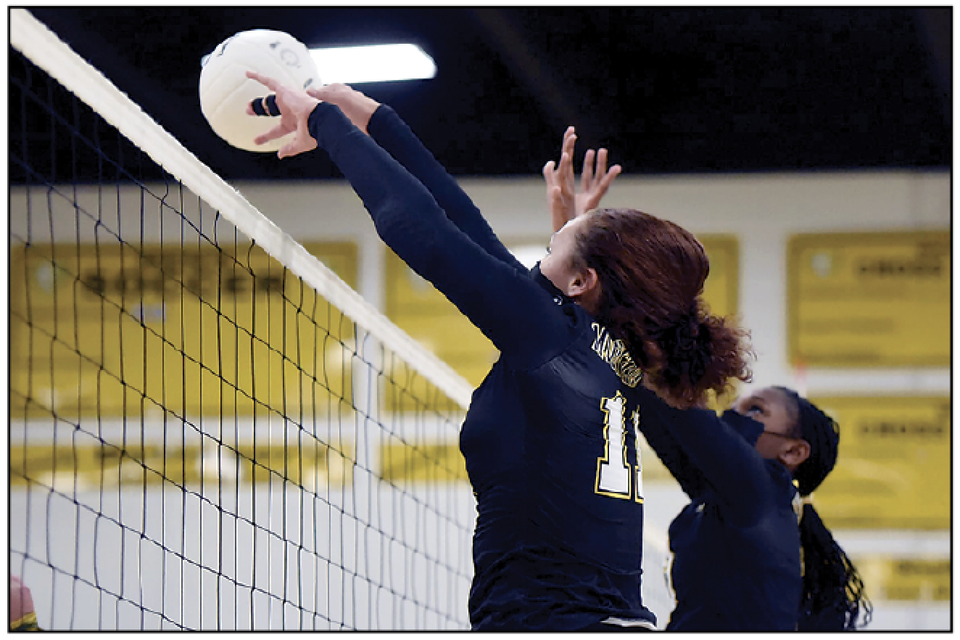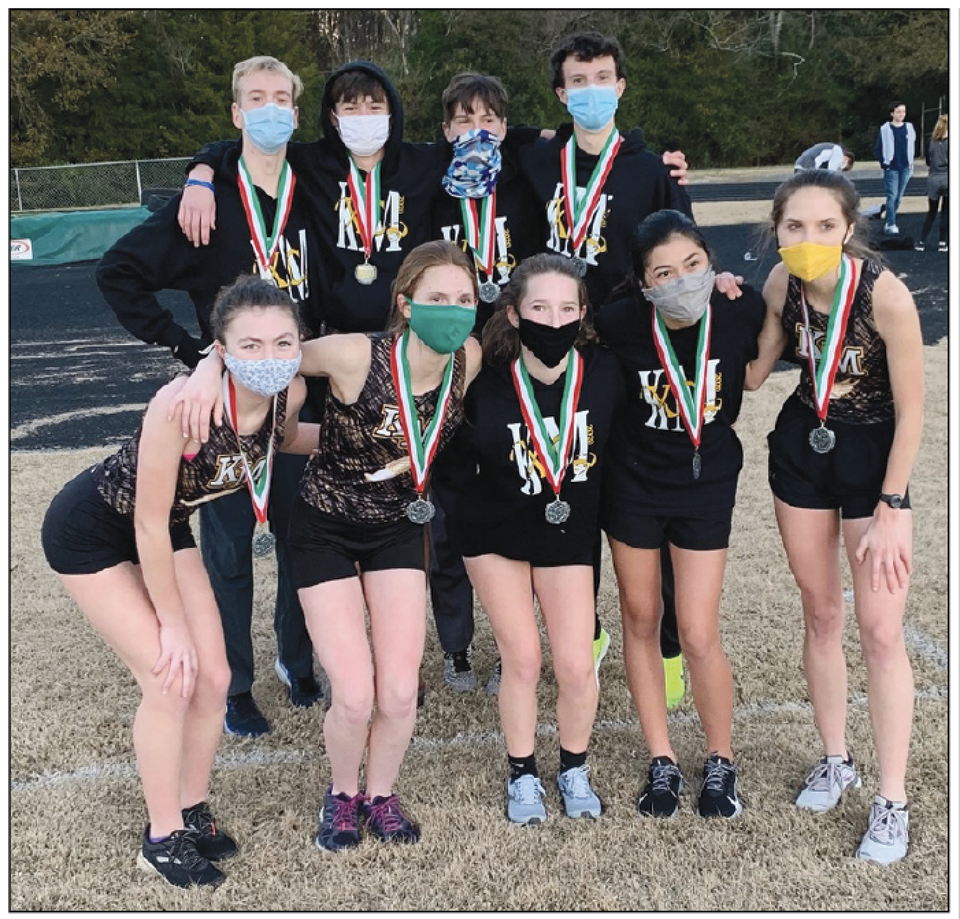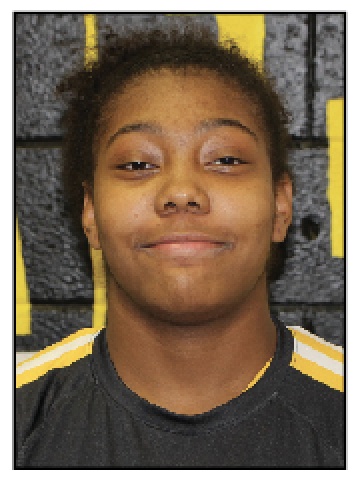
Saniya Wilson POY
in BSC basketball
(March 3, 2021 Issue)
Kings Mountain junior guard Saniya Wilson has been named Big South Basketball Player of the Year by the conference coaches.
She is a repeater on the All-Big South team and was joined there by her teammate, Khalia King.
Wilson, who topped the 1,000 career point mark in a win over Forestview this season, averaged 24.3 points a game in leading the Lady Mountaineers to a tie for second place in the BSC and a berth in the state 3A playoffs. She also set a personal single game record of 40 points in a game against Crest. Jessica Brunson of Crest was named BSC Coach of the Year.
The boys all-conference team will be announced after Crest has completed its run in the state 3A playoffs. The Chargers were schedule to face Weddington in the semi-finals last night.
Kings Mountain junior guard Saniya Wilson has been named Big South Basketball Player of the Year by the conference coaches.
She is a repeater on the All-Big South team and was joined there by her teammate, Khalia King.
Wilson, who topped the 1,000 career point mark in a win over Forestview this season, averaged 24.3 points a game in leading the Lady Mountaineers to a tie for second place in the BSC and a berth in the state 3A playoffs. She also set a personal single game record of 40 points in a game against Crest. Jessica Brunson of Crest was named BSC Coach of the Year.
The boys all-conference team will be announced after Crest has completed its run in the state 3A playoffs. The Chargers were schedule to face Weddington in the semi-finals last night.
